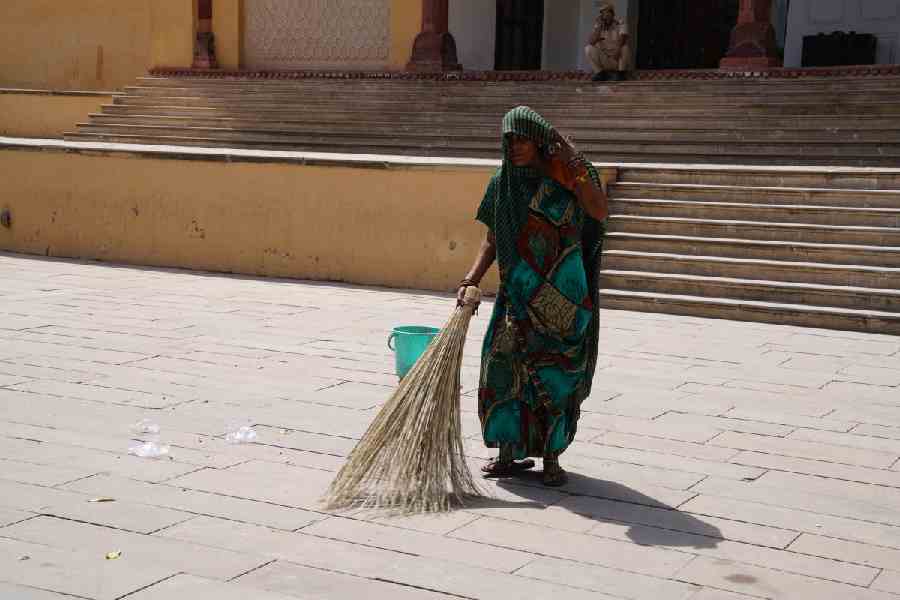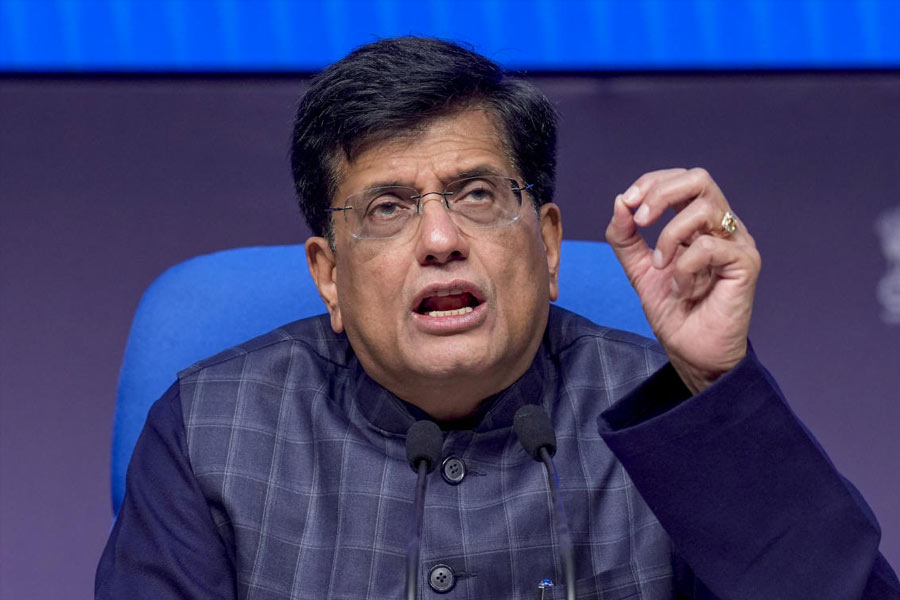There are major inequalities in the employment structure of the Indian labour market. One of the biggest challenges is the existence of vulnerable employment, which affects women workers disproportionately. According to a report by the International Labour Organization, own-account workers and contributing family workers constitute two principal categories pertaining to vulnerable employment.
The phenomenon is more pronounced in India where most women are engaged in agriculture and domestic work. Despite the growing participation of women in the labour force, most of them are engaged in low-skilled and low-paid job sectors. According to the PLFS survey data, vulnerable employment is a significant concern, with a large share of workers engaged in informal jobs. The LFPR for females aged 15 to 59 has increased from 25.27% in 2017-18 to 45.20% in 2023-24. The LFPR for males (aged 15-59) has seen only a small change, from 80.17% (2017-18) to 83.51% in 2023-24. The proportion of women workers in the self-employed category has increased from 12.21% in 2017-18 to 29.20% in 2023-24. The high increase in this category can be attributed to the rise in helpers in household enterprises (unpaid family workers), from 7.55% in 2017-18 to 15.88% in 2023-24. The LFPR for males is also high in the self-employment category but it saw a small increase from 37.50% in 2017-18 to 40.83% in 2023-24. This shift in the female labour force positively impacts the share of employment, but the type of jobs they are engaged in is a matter of concern.
Several factors contribute to increasing women’s vulnerability in employment. They include income effect, substitution effect, unemployment growth and so on. If the income effect dominates the substitution effect, women withdraw from the labour market and the share of the women in the labour force decreases and vice-versa. Another factor that contributes to the low female labour force participation is the gender division of labour in the Indian labour market. Prevailing socio-cultural norms demand that women’s primary responsibilities remain limited to domestic work and care responsibilities, not paid jobs. Consequently, women are engaged in unpaid domestic work, which is flexible but offers very low pay and security. Another factor contributing to vulnerable female employment is wage discrimination in the labour market. This results in women working in low-paying, low-security jobs with limited bargaining power. The lack of decent employment opportunities in many sectors also traps women in vulnerable employment.
Women’s vulnerable employment requires greater attention. It also necessitates a comprehensive approach that tackles both the demand and the supply-side factors of the labour market. On the demand side, the government should focus on enhancing the opportunities in the formal sector for women. On the supply side, it should think of investing in higher levels of education and skill training for women. Vocational training programmes focussing on areas with greater growth potential should also be conducted. Such initiatives can help bridge the gap between the skills required for jobs and the skills acquired by women workers as well as open up new employment opportunities for them. The strengthening of labour laws to ensure equal pay across workplaces, ensuring safe working conditions, and providing protection against gender-based violence must also be looked into. A policy to enhance women’s decision-making power in the household and at the workplace could make a difference.
By addressing factors like the lack of vocational training, quality education, and limited access to high-paying jobs, India may be able to create a more equitable labour market for women.
Suman Rani is pursuing a PhD in Economics at BITS Pilani, Rajasthan. Balakrushna Padhi is an Assistant Professor at BITS Pilani, Rajasthan










